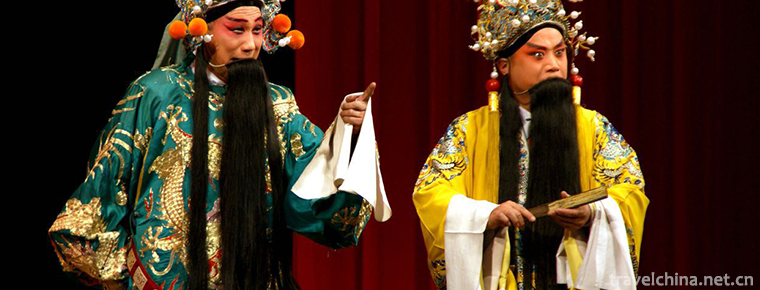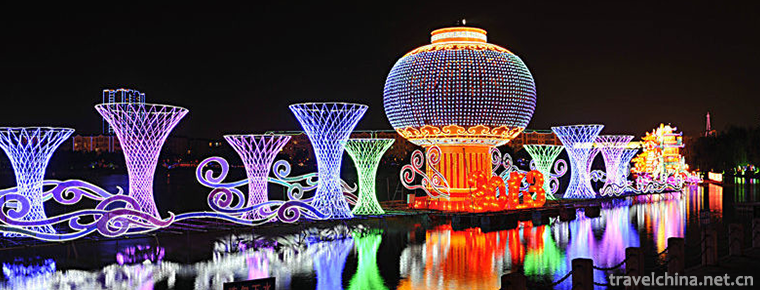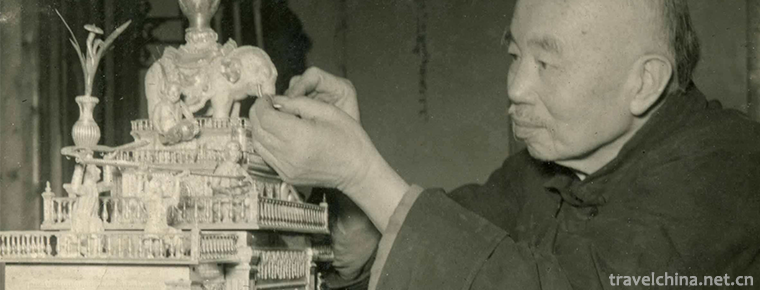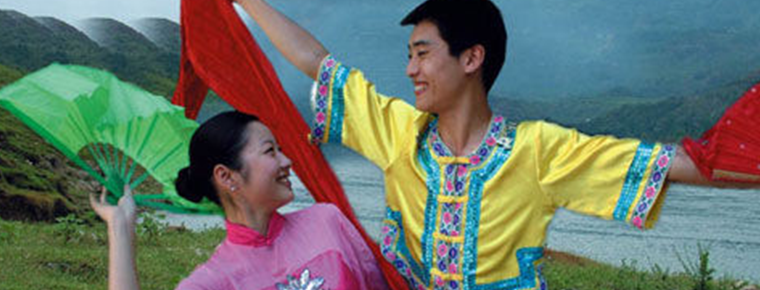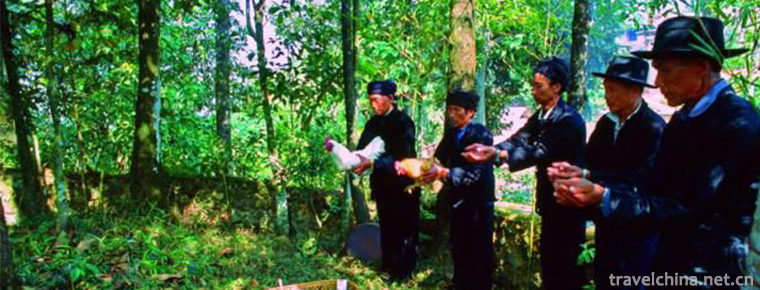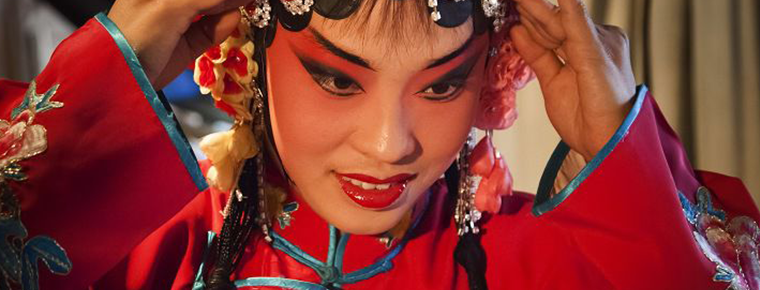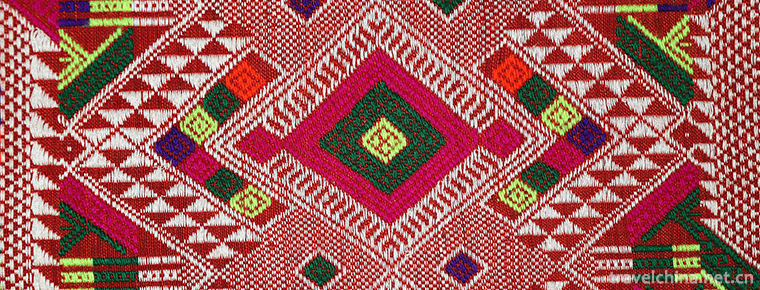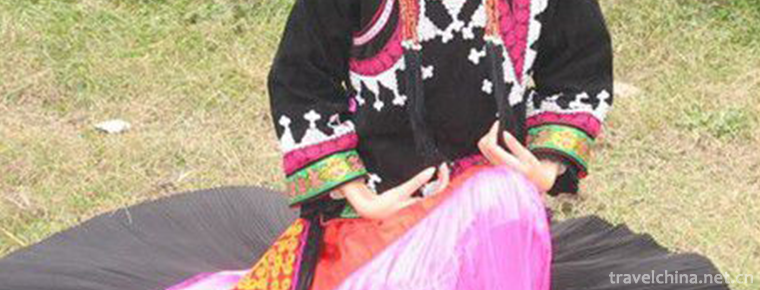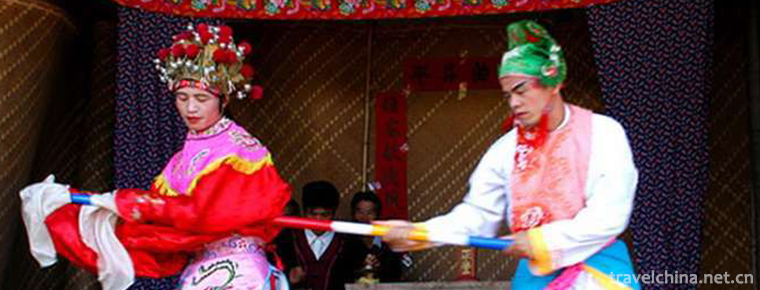Cognitive Method of Life and Disease in Traditional Chinese Medicine
Cognitive Method of Life and Disease in Traditional Chinese Medicine
Cognitive method of life and disease of traditional Chinese medicine, one of traditional Chinese medicine, is declared by the Chinese Academy of Traditional Chinese Medicine and one of the national intangible cultural heritages.
The recognition of life and disease in traditional Chinese medicine is a kind of medical knowledge based on the understanding of human life phenomena and disease laws produced by traditional Chinese culture. The knowledge of life and disease in TCM mainly includes Yin and Yang, Five Elements, viscera, meridians, diseases and syndromes, etiology and pathogenesis, differentiation of symptoms and signs, treatment principles and methods, five elements and six qi.
On May 20, 2006, the cognitive methods of life and disease in traditional Chinese medicine were listed in the first batch of national intangible cultural heritage list of traditional medicine, item number IX-1.
historical origin
The knowledge of life and disease in traditional Chinese medicine originated from the legendary ancient Huangdi and Qibo times, marked by the Yellow Emperor's Internal Classic. Its knowledge system has been formed for more than two decades.
The Yellow Emperor's Internal Classic puts forward the view of disease that "righteousness exists inside, evil cannot be done", "where evil is gathered together, its Qi must be deficient".
Zhang Zhongjing's Treatise on Febrile Diseases and Miscellaneous Diseases in the Eastern Han Dynasty and other early documents recorded a large number of knowledge about diseases.
In the Sui Dynasty, there are 67 phylums and 1720 kinds of diseases and syndromes recorded in the treatise on the origins and symptoms of various diseases.
In modern times, influenced by Western medicine, the number of people who can understand and inherit the knowledge of life and disease of traditional Chinese medicine is decreasing, and they are facing the dilemma of preservation and development.
Non-legacy features
The knowledge of life and disease in TCM mainly includes Yin and Yang, five elements, viscera, meridians, etiology and pathogenesis, differentiation of symptoms and signs, treatment principles and methods, five elements and six qi.
Yin and Yang
Traditional Chinese medicine uses the concept of the unity of opposites between Yin and Yang to elaborate human life activities and the interdependence between human beings and the external environment such as nature and society. The balance between yin and Yang is the basis of maintaining and guaranteeing human life activities, and the imbalance between yin and Yang leads to the change of diseases.
Five elements
Traditional Chinese medicine uses the theory of five elements to elaborate the relationship between human body and nature, the various parts of the human body and the mechanism of disease occurrence and development, and to guide the treatment of diseases.
- Visceral elephants
Visceral image is an important life phenomenon of human body. It mainly includes five viscera, six viscera, odd and constant viscera, physiological function and pathological changes of essence, qi, blood and body fluid.
Channels and collaterals
Meridians and collaterals are channels for the movement of Qi and blood, and they have the function of connecting the whole body. Meridian system, including twelve meridians, eight odd meridians and collaterals, is the basis of the diagnosis and treatment of diseases in traditional Chinese medicine, as well as the important theoretical basis of acupuncture, massage and other therapies.
- Etiology and pathogenesis
The etiology is the theory of studying the causes and conditions of diseases, including exogenous six pornography, internal injury seven emotions and dietary fatigue. Pathogenesis theory is a theory that studies the law of disease occurrence and development.
Syndrome differentiation
Differentiation of symptoms and signs is to use the methods of seeing, hearing, asking and cutting to diagnose diseases, to analyze and synthesize the results of diagnosis and to draw conclusions, and to establish the principles of treatment.
Rule of law
Therapeutic principles and methods are the basic principles and methods that must be followed in the treatment of diseases. They are the treatment rules summarized in the long-term clinical practice of TCM. They mainly include adjusting Yin and Yang, strengthening the right and dispelling pathogens, prioritizing specimen, and adjusting measures according to people, time and local conditions.
Five lucks and six lucks
The five elements and six elements are systematic knowledge for studying and exploring the effects of astronomical, meteorological and phenological changes on human health and diseases.
Inheritance and Protection
Inheritance value
Chinese traditional medicine regards "the cognitive method of life and disease of traditional Chinese medicine" as an important content, expands and deepens the connotation of "non-legacy". It can best embody the spirit and soul of "non-legacy". It is the general outline of intangible cultural heritage of traditional medicine.
Cognition of life and disease in TCM is the core of TCM knowledge. It plays a guiding role in various aspects of TCM health preservation, diagnosis, treatment, prescription, traditional Chinese medicine, acupuncture and moxibustion and clinical practice.
Heritage figures
Lu Zhizheng, male, was born in December 1920. In June 2007, Lu Zhizheng was selected as the representative successor of the first batch of national intangible cultural heritage projects, declared by the Chinese Academy of Traditional Chinese Medicine. Project Name: Cognitive Method of Life and Disease in Traditional Chinese Medicine.
Wang Mianzhi, male, was born in November 1923. In June 2007, Wang Mianzhi was selected as the representative successor of the first batch of national intangible cultural heritage projects, declared by the Chinese Academy of Traditional Chinese Medicine. Project Name: Cognitive Method of Life and Disease in Traditional Chinese Medicine.
Yan Dexin, male, was born in November 1920. In June 2007, Yan Dexin was selected as the representative successor of the first batch of national intangible cultural heritage projects and declared by the Chinese Academy of Traditional Chinese Medicine. Project Name: Cognitive Method of Life and Disease in Traditional Chinese Medicine.
Cao Hongxin, male, was born in February 1958. In June 2007, Cao Hongxin was selected as the representative successor of the first batch of national intangible cultural heritage projects and declared by the Chinese Academy of Traditional Chinese Medicine. Project Name: Cognitive Method of Life and Disease in Traditional Chinese Medicine.
Wu Xianzhong, male, was born in August 1925. In June 2007, Wu Xianzhong was selected as the representative successor of the first batch of national intangible cultural heritage projects and declared by the Chinese Academy of Traditional Chinese Medicine. Project Name: Cognitive Method of Life and Disease in Traditional Chinese Medicine.
Chen Keji, male, was born in October 1930. In June 2007, Chen Keji was selected as the representative successor of the first batch of national intangible cultural heritage projects and declared by the Chinese Academy of Traditional Chinese Medicine. Project Name: Cognitive Method of Life and Disease in Traditional Chinese Medicine.
protective measures
On May 20, 2006, the cognitive method of life and disease of TCM was approved by the State Council and listed in the first batch of national intangible cultural heritage list.
social influence
Important activities
On July 15, 2012, with the approval of the Ministry of Education of the People's Republic of China and the National Natural Science Foundation Committee, the opening ceremony of the National Graduate Summer School of Life and Disease Cognition of Chinese Medicine in 2012, sponsored by the Graduate School of the Chinese Academy of Traditional Chinese Medicine, was held in Beijing.

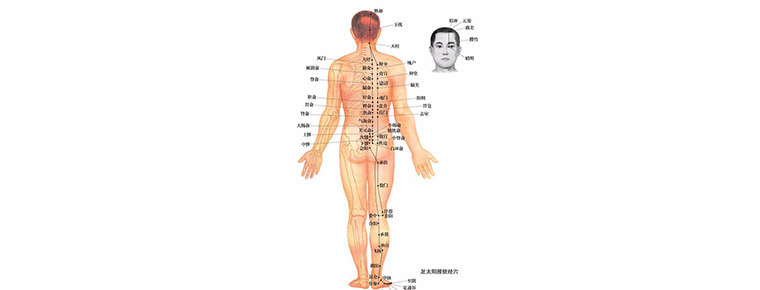
-
Mount Emei
Mount Emei is located in Mount Emei, Leshan City, Sichuan Province, China..
Views: 371 Time 2018-10-13 -
88 Floor Sightseeing Hall of Jinmao Building
Jinmao Tower's 88th floor sightseeing hall, located in Shanghai, China, has a height of 340.1 meters and an area of 1520 square meters. It is the largest sightseeing hall in China at present. It is th.
Views: 1600 Time 2019-01-26 -
North Road Bangzi
Bangzi, also known as Shanglu Opera, is a local traditional drama in Datong, Shuozhou, Xinzhou and parts of Inner Mongolia and Hebei in northern Shanxi Province. It is one of the national intangible c.
Views: 152 Time 2019-04-04 -
Exhibit of lanterns
The Lantern Festival is an ancient folk culture in China. It generally refers to the large-scale lighting exhibition held by the government around the Spring Festival and the Lantern Festival.
Views: 165 Time 2019-04-26 -
Ancient Clock Repair Skills
Behind the Cining Palace in the Palace Museum of Beijing, there is a row of red pillars and grey tiles. A group of "craftsmen" have been dealing with the treasures of the deep palace.
Views: 128 Time 2019-05-01 -
Lantern Opera
Flower lantern opera is a kind of traditional opera widely popular in China. Its prominent feature is that the hands are inseparable from fans and handkerchiefs, singing and dancing.
Views: 288 Time 2019-05-04 -
Sacrifice forest
Sacrifice to the gods of villages, as well as "Amaron" and "Pumatu" and other names, is a traditional festival of the Hani people, which takes villages as units and integrates reli.
Views: 143 Time 2019-05-05 -
Jin Opera
Jin Opera is Shanxi Bangzi, an important drama in northern China, also known as Zhonglu Opera, Chinese traditional opera. It was named after Fenyang, Xiaoyi, Qixian, Taigu and Taiyuan, which sprang up.
Views: 176 Time 2019-05-07 -
Miao brocade weaving skills
Miao brocade is woven by Miao women using silk, ramie, kapok and other fibers produced locally. Miao brocade, also known as weaving flowers, is a pattern fabric formed by weaving. The color weft is fu.
Views: 101 Time 2019-06-05 -
Yi dress
The costumes of the Yi nationality are colorful, unique in style, and have nearly 100 kinds of shapes. Historically, because of the numerous branches and scattered residence of the Yi people, there ar.
Views: 174 Time 2019-07-12 -
Yongan Daqiang Opera
Yongan Daqiang Opera was formed in the mid-Ming Dynasty. It is a genre of Yiyang Opera. It is called Daqiang Opera because it is "big gong, big drum and big voice singing high tune". During .
Views: 215 Time 2019-07-14



